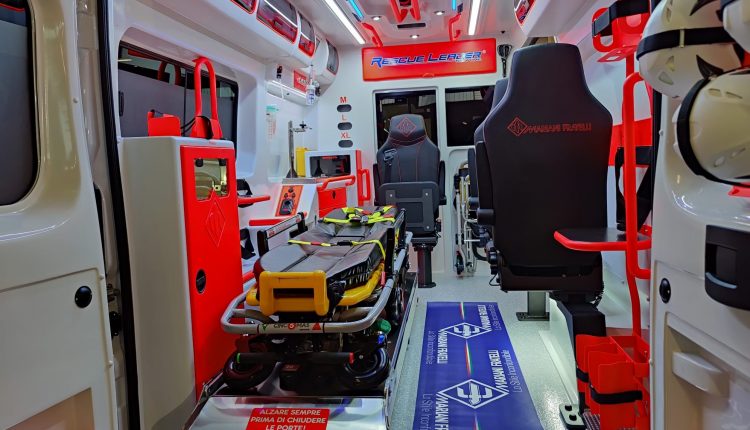
Abdominal aortic aneurysm: what it looks like and how to treat it
Abdominal aortic aneurysms: An aneurysm is a localised and permanent dilation of an artery due to damage to the elastic and muscular fibres in the wall
The vessel, thus deprived of its usual elasticity, progressively widens under the pressure of the blood.
The natural evolution of the aneurysm involves a progressive increase in the calibre of the stretch of artery concerned until the inevitable rupture of the vessel.
Hypertension, family history, high cholesterol levels, diabetes and smoking are risk factors that contribute to the formation of a neeurysm.
Aortic aneurysm is a very common disease: it affects about 6% of the population over 60 years of age, and is more frequent in males.
The most frequent aneurysms involve the subrenal abdominal aorta, sometimes extending to the iliac arteries, i.e. the two main branches of the aorta leading to the lower limbs.
How does an abdominal aortic aneurysm manifest itself?
An abdominal aortic aneurysm is almost always completely asymptomatic, i.e. it shows no sign of its presence.
Very often it is diagnosed during examinations or visits for other reasons.
Sometimes pain may be present in the back and lumbar region, due to the compression exerted by the aneurysm on the vertebral bodies and nerve roots.
The symptoms of aneurysm rupture are quite different: abdominal or back pain with anaemia and a significant drop in blood pressure due to haemorrhage.
The appearance of these serious disorders requires immediate hospitalisation for treatment.
Diagnosis of abdominal aortic aneurysm:
- Palpation of the abdomen
- Abdominal echography or echocolordoppler
- Computed axial tomography (CT scan)
- Magnetic resonance angiography (angio-RNM)
Individuals with risk factors (hypertension, family history, smoking, high cholesterol, personal history of heart disease or disease of the arteries of the lower limbs and carotid arteries, diabetes, chronic pulmonary disease) should periodically have an ultrasound or echocolordoppler examination with a study of the diameters of the aorta.
If necessary, the specialist doctor will suggest the need and type of further examinations.
Treatments for abdominal aortic aneurysms:
- Traditional aneurysmectomy
- Aneurysmectomy with endovascular technique
The choice between the two different treatment modalities should therefore be made only after careful evaluation of data regarding the general condition, with particular reference to heart, lung and kidney disease, and the size and morphology of the aneurysmal dilatation.
Read Also:
Unruptured Brain Aneurysms: How To Diagnose Them, How To Treat Them
Cerebral Aneurysm: What It Is And How To Treat It
Ruptured Aneurysms: What They Are, How To Treat Them
Pre-Hospital Ultrasound Assessment In Emergencies


